Retro Replay Review
Gameplay
Diablo’s gameplay strikes a perfect balance between simplicity and depth, inviting players to dive into its dark, ever-shifting dungeons with minimal setup. At character creation, you choose from three distinct classes—Warrior, Rogue, or Sorcerer—each offering a unique playstyle. Warriors excel in brute force and can repair equipment at the cost of durability, Rogues focus on dexterity and trap-handling, and Sorcerers command powerful spells while managing their mana carefully.
(HEY YOU!! We hope you enjoy! We try not to run ads. So basically, this is a very expensive hobby running this site. Please consider joining us for updates, forums, and more. Network w/ us to make some cash or friends while retro gaming, and you can win some free retro games for posting. Okay, carry on 👍)
Progression in Diablo is driven by a classic loot-and-level loop. As you vanquish hordes of monsters, you earn experience to level up, gaining attribute points that can be allocated to strength, dexterity, vitality, or magic. This customization allows you to tailor your hero to your preferred style, whether that’s swinging two-handed weapons as a brute or casting devastating fireballs from afar. Equipment drops are randomized, so every exploration feels fresh—plus, unique items with fixed stats drop from special monsters, giving you something to chase beyond standard gear.
Quests and side goals pepper the adventure, provided by the handful of surviving townsfolk in Tristram. These often involve slaying a tough boss or retrieving a rare artifact, rewarding you with gold or powerful items. The dungeon itself is procedurally generated on each playthrough, ensuring that no two trips below the chapel floor are ever the same. For those seeking companionship—or competition—Diablo supports cooperative play for up to four players over LAN or Battle.net, as well as local single-player on PlayStation, adding another layer of unpredictability when friends can turn on one another to loot fallen comrades.
Graphics
Released in 1996, Diablo’s graphics showcase a gritty, gothic aesthetic that still holds up thanks to its strong art direction. The game uses pre-rendered 2D sprites for characters and monsters, overlaid on moody, hand-painted backgrounds. Flickering torchlight and subtle color shifts create an oppressive atmosphere, making every corner of the dungeon feel dangerous and alive.
Despite technological limitations of its era, Diablo employs clever visual design to differentiate levels. From the blood-stained stone walls of the catacombs to the icy tiles of the lower depths, each tier has its own palette and texture set, signaling shifts in both environment and enemy types. Monster animations—zombies dragging their limbs, skeletal archers loosing arrows—are smooth enough to convey personality, so even without high polygon counts you’re never confused about what’s attacking.
Particle effects for spells and creature roars remain memorable, with fireballs leaving glowing trails and lightning arcs illuminating the surrounding walls. These effects not only look impressive but also serve gameplay clarity by highlighting damage areas and helping players anticipate incoming threats. While modern gamers may prefer 3D engines, Diablo’s visuals continue to inspire a sense of dread and discovery that few action RPGs can match.
Story
At its core, Diablo weaves a dark narrative of cosmic conflict and mortal corruption. Centuries ago, a great war between Heaven and Hell spilled over into the mortal realm, resulting in the imprisonment of the three Prime Evils—Diablo, Mephisto, and Baal—within gemstone prisons hidden across Earth. The agents of Heaven guarded these prisons, but as their strength faded, so did the seals holding the Primes at bay.
By the time adventurers arrive in the small town of Tristram, Diablo’s prison has weakened enough to corrupt King Leoric, turning him into a mad tyrant who wages senseless wars. The once-peaceful nation of Khanduras is now a wasteland of ash and bone, making it the perfect breeding ground for the Lord of Terror’s minions. Townsfolk whisper of hidden riches—and of a fate worse than death—lurking in the labyrinth below the chapel.
The story unfolds through brief NPC dialogue and environmental hints rather than lengthy cutscenes, enhancing the sense of isolation as you delve deeper. Every journal entry, crumbling wall carving, and whispered rumor adds a piece to the puzzle, encouraging players to piece together the history of the Primes and their mortal pawns. This minimalist approach fits the game’s tight pacing, keeping you focused on survival while the broader lore seeps in naturally.
Overall Experience
Diablo remains a landmark in action RPG design, offering a compelling blend of addictive gameplay, atmospheric graphics, and a hauntingly sparse narrative. Its core loop—explore, loot, level up—feels as satisfying today as it was at launch, thanks to the thrill of discovering powerful new gear and experimenting with character builds. The addition of quests breaks up the dungeon crawl with clear objectives, giving moments of triumph beyond mere survival.
The game’s cooperative and competitive multiplayer modes add tremendous replay value. Whether you team up with friends to tackle the depths or guard your loot from would-be thieves, Diablo’s social element brings unpredictability and drama to each session. Even on a solo run, the haunting ambience and steady ramp in difficulty keep you coming back to see what’s around the next corner.
For any fan of hack-and-slash adventures, Diablo offers an experience that’s both accessible and richly layered. Its streamlined mechanics welcome newcomers, while its randomized dungeons and character customization reward dedicated players. Decades after its release, the Lord of Terror still casts a long shadow, making this classic a must-play for anyone curious about the foundations of modern action RPGs.
 Retro Replay Retro Replay gaming reviews, news, emulation, geek stuff and more!
Retro Replay Retro Replay gaming reviews, news, emulation, geek stuff and more!
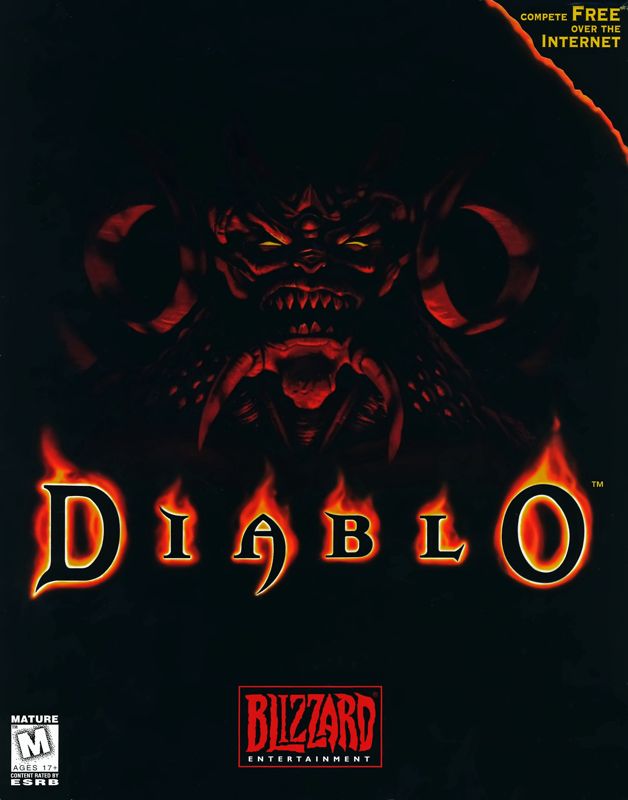
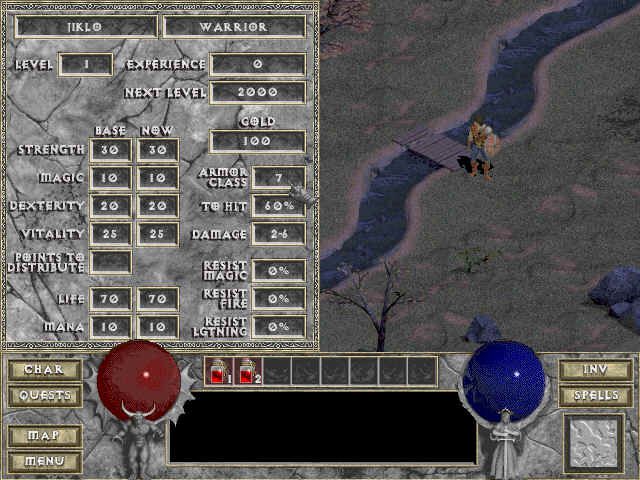

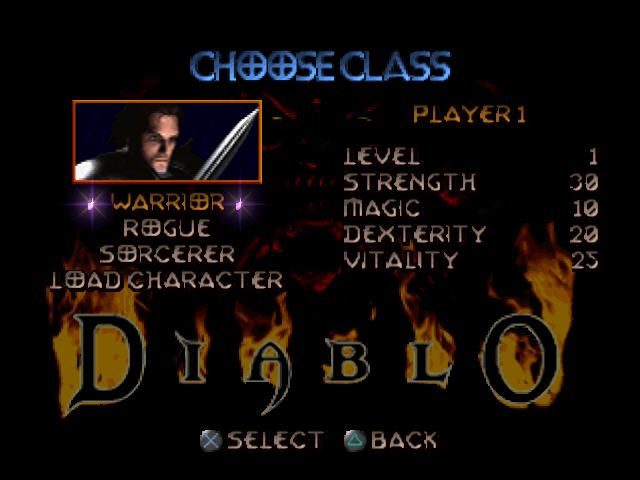
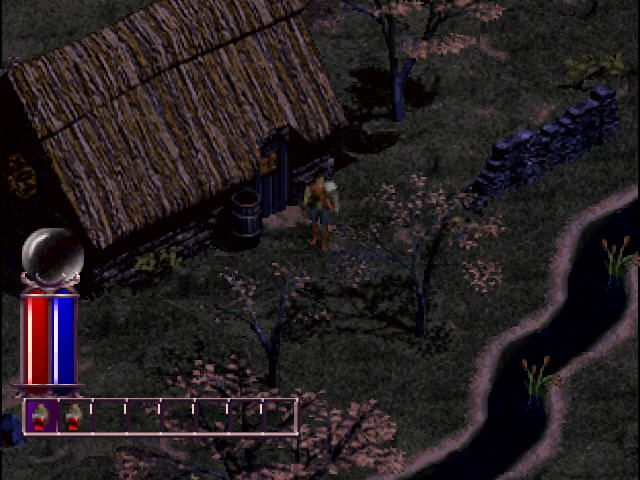
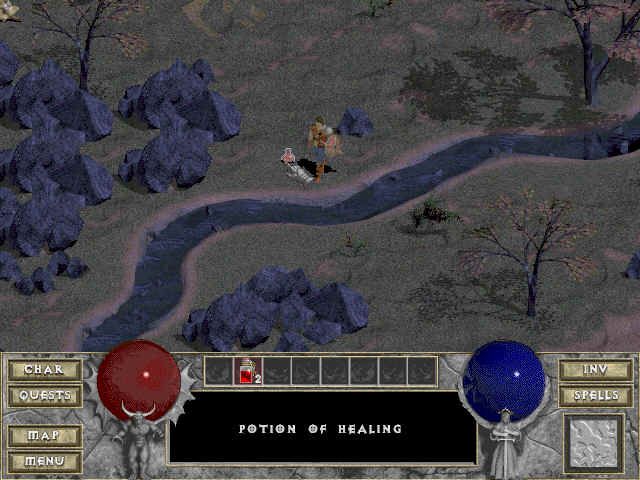



Reviews
There are no reviews yet.